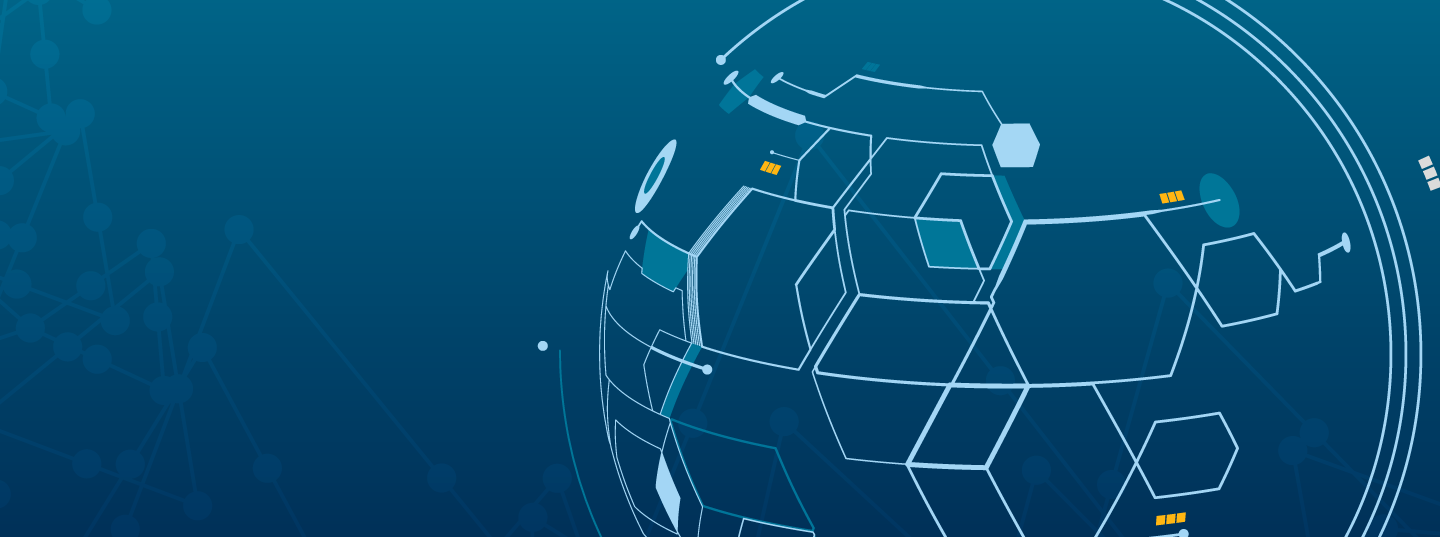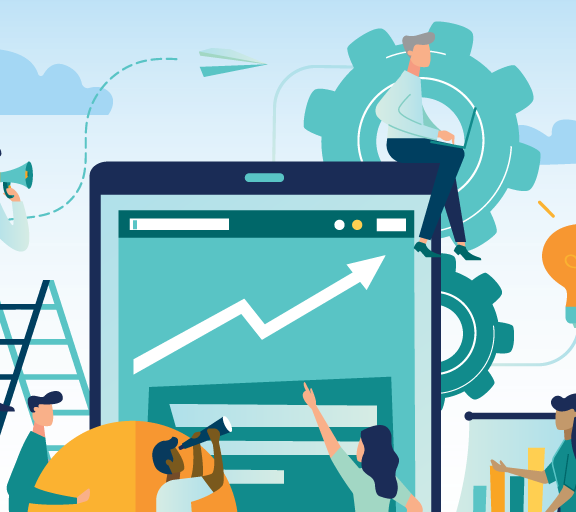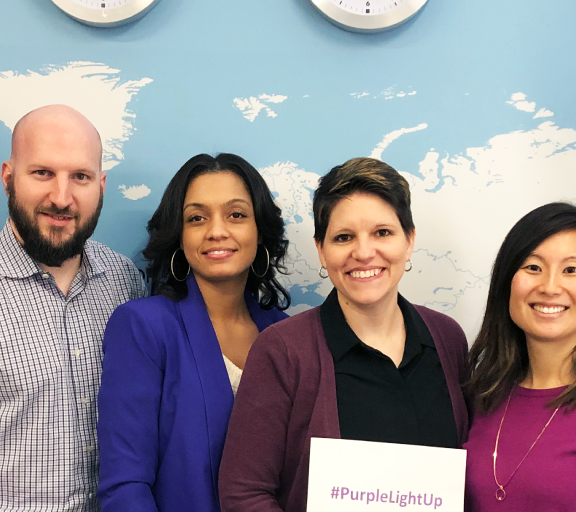Digital, Easy, and Fast: A Direction for Better Talent Engagement

(The following is an excerpt from our research report, “Engaging the Millennial & Gen Z Workforce,” which is available for free download.)
The influence of technology on the Millennial and Gen Z career perspective is far-reaching. Seventy-five percent of American Millennials and Gen Zs prefer to communicate through text as opposed to speaking, and 20 percent favor digital shopping with no human interaction. Likewise, 62 percent of Millennials and Gen Zs would rather accidentally leave their wallets at home than their phones.
Interacting via a digital environment is the norm, and it is expected as an integral part of the employeremployee relationship. Employers have several opportunities for improving processes for ease of use. Key examples of areas ripe for improvement include sourcing and recruiting, administrative processes such as time and expense reporting, and information access.
Sourcing and Recruiting For employers, improving engagement begins with the very first interaction with the potential candidate. Sixty percent of job seekers have abandoned an application process due to the complexity and length of time involved. A study of first-time job seekers found that the biggest frustrations applicants experienced include a lack of response from the employer (81 percent) confusing application systems (72 percent), and vague job descriptions (75 percent).
Digital innovation and the use of artificial intelligence (AI) applications are helping companies address the challenges of engaging Millennial and Gen Z workers in the sourcing and recruiting process. For example, when today’s job seeker submits her application, an AI chatbot can respond to acknowledge receipt, advise next steps, and provide updates on timelines and scheduling. This example is just one instance of a technology, applied thoughtfully, to improve the candidate experience and streamline the recruiting process.
The influence of technology can improve the entire application process and boost the experience of both the job seeker and the recruiter. Consider an example applying AI technology:
- A candidate visits a career site.
- A chatbot appears and starts a conversation.
- After that conversation, the chatbot interacts with an AI-driven resource such as people aggregator HiringSolved. The people aggregator researches the candidate and validates his information on LinkedIn and other data sources.
- The system identifies potential opportunities for that candidate.
- The chatbot covers standard screening questions, which also saves time.
Through the digitized process, the applicant flow is being intelligently narrowed, as talent is directed to the right jobs for the candidate. In this end-state, sourcing and recruiting, which took up to 40 percent of a recruiter’s time in the past,38 is now largely automated. Lacking the need to spend time on research and administrative tasks, the recruiter:
- Takes time to have a conversation with the candidate early in the process
- Returns phone calls and emails within a reasonable timeframe (According to a recent study, only four in 10 recruiters return calls to candidates at all.)
- Provides advice to help the candidate define or adjust goals
- Coaches the candidate through the application process
- Maintains rapport with high-value candidates not hired for a role as a source of future talent
- Works with hiring managers to better define job descriptions and requirements
Optimize Administrative Processes
As employees, Millennials or Gen Zs often encounter what they see as unnecessary obstacles. Many of those obstacles may seem like small inconveniences to older generations; however, in the eyes of the under-35 worker, they reflect a worrisome lack of attention on the part of the employer. To workers who take pride in their employers’ ability to stay ahead of trends and innovations, outdated processes take their toll.
Consider expense reporting. One study found that while waiting to be reimbursed for a business expense, Millennial workers are 21 percent more likely than older generations to have difficulty paying a personal bill, and they are 24 percent more likely than Gen X or Baby Boomer workers to avoid submitting a business expense due to cumbersome expense reporting processes.
Printing paper receipts and managing expenses on spreadsheets is still part of the reporting process at some companies today.With the availability of cloudbased digital solutions, companies can automate reporting, make it mobile, and accelerate the process, eliminating a burden that may hinder engagement.
Throughout the candidate and employee experience, there are many such obstacles that employers can address. They can range from long performance review assessments that are not fully relevant to the role to career sites that require the applicant to re-enter her resume on a tiny text field. Each shortfall may be small, but the company that commits to eliminating them gains an advantage in appealing to talent accustomed to processes that work quickly and easily.
Create a Portal for Employees Where Information and Communication Lives
One study of workers of all generations revealed that the inability to track down information is a common problem for 38 percent of 18-24-year-olds, and 33 percent of those workers experience frustration finding out who has information related to a project or task.42 Another report found that 62 percent of employees claim that the ability to access company information has a direct impact on their job satisfaction, and nearly half (45 percent) believe their employer is not doing enough to enable communication.
Solving the information access problem involves enabling the employee to connect to all data sources under one umbrella, providing ease-of-use and transparency for the critical information and processes that influence the employee experience. That resource may be a company portal feature that provides one point of access to the people, contact information, notices, and libraries of data that commonly house information ranging from employee policies to specific project group analytics and presentations.
While most companies have some kind of portal and information available online, the real challenge is to make that information easy to find, anywhere, anytime. The right solution must be accessible through mobile devices, intuitive, and deliver the right information quickly and simply. The result is a self-service capability that is valued by workers of all generations.


